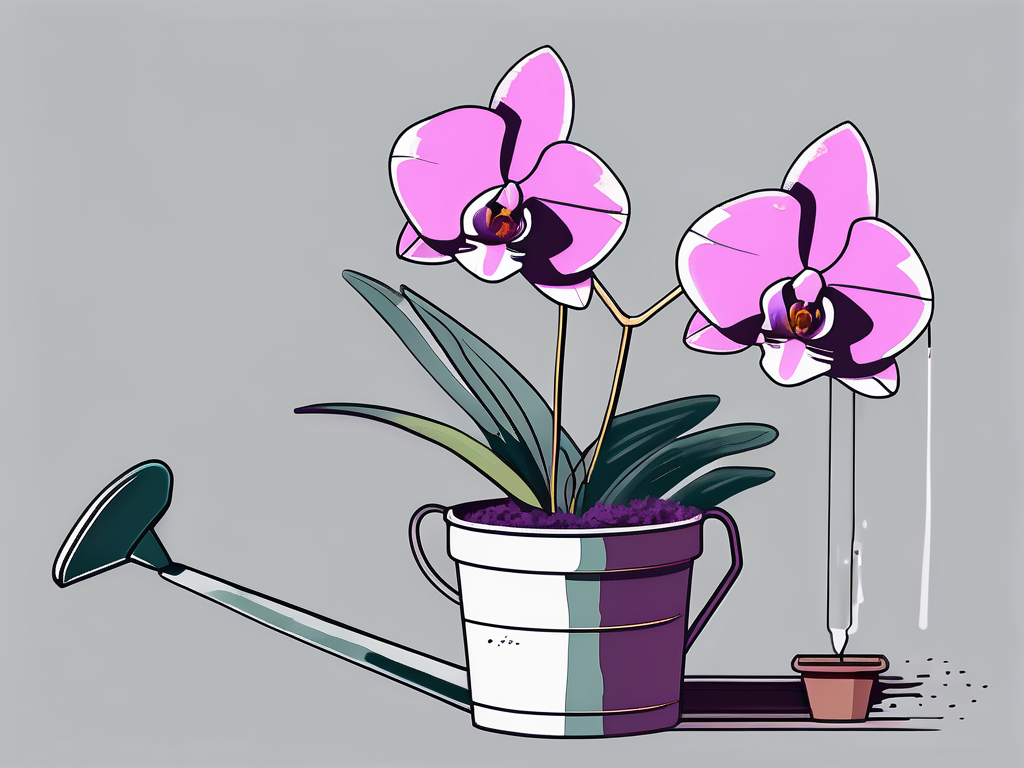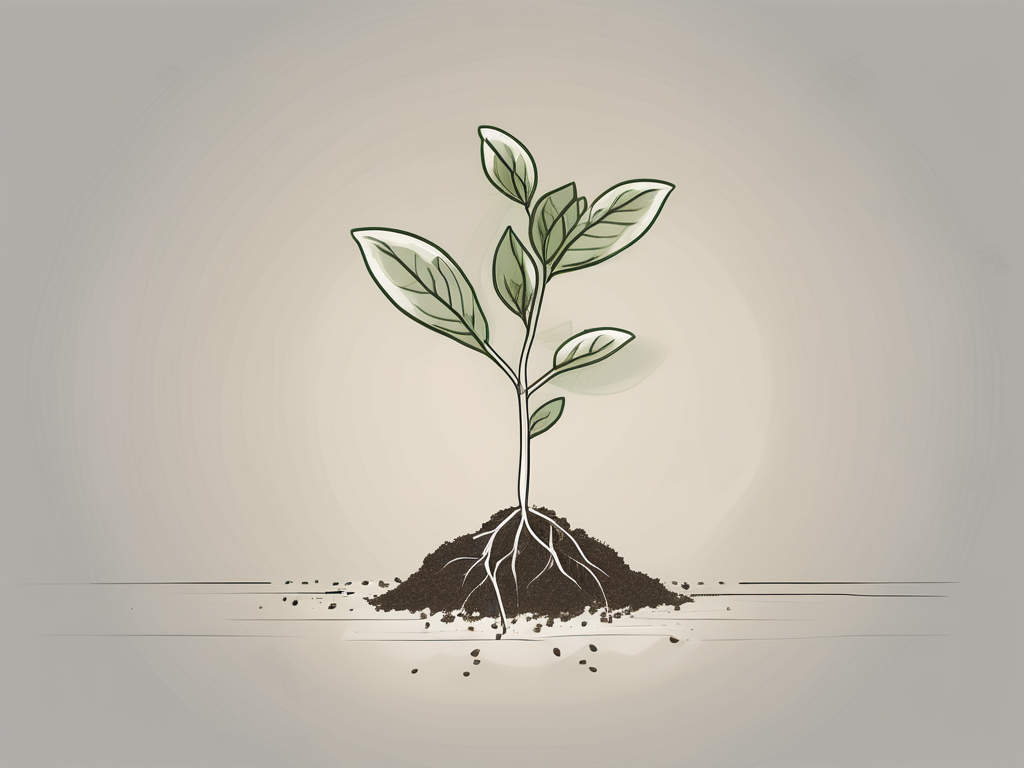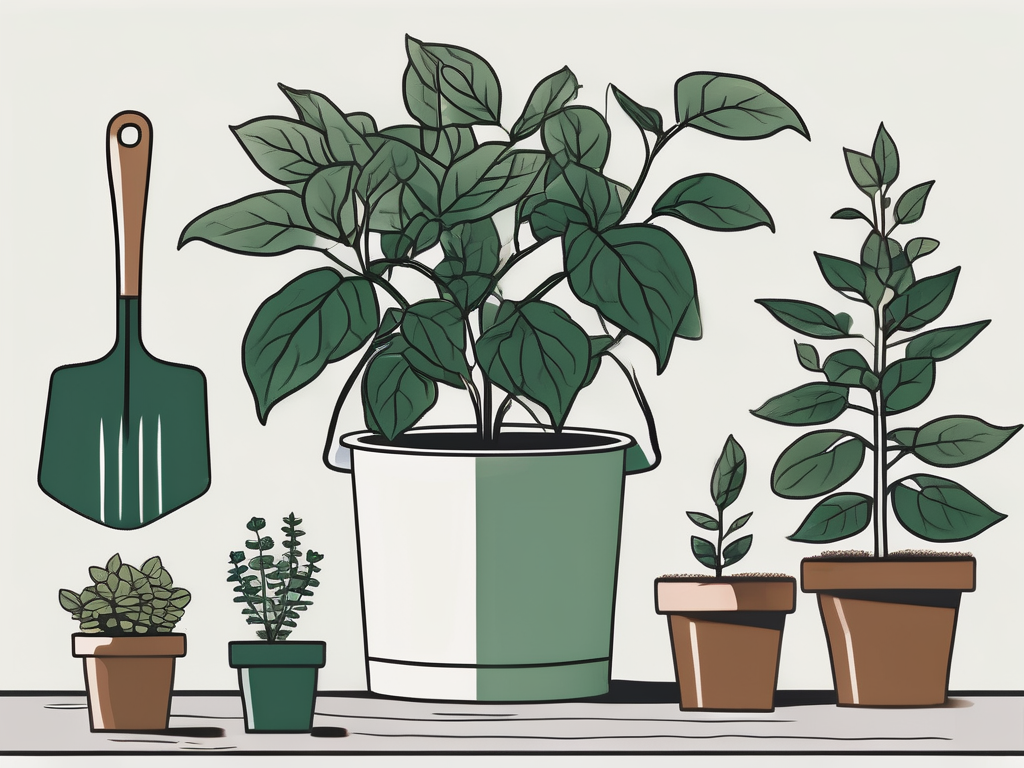
Orchids are the crown jewels of the houseplant world, admired for their exquisite blooms and sophisticated charm. If you've recently repotted your orchid only to find it wilting, you're certainly not alone in this horticultural hiccup. This common issue can be disheartening, but don't worry—there's hope, and your plant can bounce back with the right care.
In this article, we'll unravel the reasons behind your orchid's post-repotting distress and offer practical solutions to nurse it back to health. From understanding the delicate balance of its environment to refining your watering routine, we’ve got you covered with tips and insights tailored to help you become the orchid whisperer you were meant to be.
Understanding the Repotting Process
Repotting can be a stressful time for orchids—and for plant parents, too! This process, while necessary, disturbs the plant's roots and disrupts its comfortable environment. Imagine moving houses with no warning; that's pretty much what your orchid is going through. The plant needs time to adjust to its new surroundings, and this transition can sometimes lead to wilting.
Orchids often need repotting every one to two years. This helps refresh the growing medium, which can break down over time and affect the plant's health. However, choosing the right moment to repot is crucial. The best time is usually after the blooming phase, when the plant can focus its energy on root development. But if it's already wilting, you might need to intervene earlier.
While repotting, it's essential to handle the roots gently. These roots are sensitive and prone to damage, which can lead to wilting if they're handled too roughly. Use sterilized tools to trim any dead or rotting roots, and be gentle while removing the plant from its old pot. A little TLC goes a long way in making the transition smoother for your orchid.
Assessing the Potting Medium
The potting medium plays a starring role in your orchid's health post-repotting. Unlike many houseplants, orchids don't thrive in regular potting soil. They need a specific mix that mimics their natural habitat—usually a combination of bark, perlite, and sphagnum moss.
When selecting a potting mix, make sure it's well-draining. Orchids are prone to root rot if left in waterlogged conditions. The medium should allow air circulation around the roots, which is vital for their health. If your orchid starts wilting, check to see if the potting medium is too compact or retains too much moisture.
Sometimes, a simple change in the potting medium can revive a wilting orchid. If you suspect the mix is the culprit, consider re-repotting with a fresh, appropriate medium. Just remember to water lightly after repotting to avoid overwhelming the roots as they settle into their new home.
Perfecting the Watering Routine
Watering orchids is both an art and a science. Too much and the roots will drown; too little and they'll dry out. Striking the right balance is essential, especially after repotting. Orchids are epiphytes, which means they naturally grow on other plants and absorb moisture from the air.
After repotting, your orchid might need a bit more moisture than usual, but be careful not to overdo it. Feel the potting medium—if it's dry, it's time to water. Generally, orchids need watering once a week, but this can vary depending on the environment. Warmer, drier conditions might require more frequent watering.
One trick is to water in the morning, allowing excess moisture to evaporate during the day. This helps prevent root rot, a common issue in wilting orchids. And always use room temperature water. Cold water can shock the roots, while hot water can damage them. Think of it like running a bath—not too hot, not too cold, just right!
Lighting: Finding the Sweet Spot
Light is another crucial factor in your orchid's recovery. Orchids thrive in bright, indirect light. Too much direct sun can scorch the leaves, while too little light can hinder growth and blooming. After repotting, your orchid might be more sensitive to light changes, so it’s important to find that sweet spot.
A north or east-facing window is often ideal for orchids. If your plant is wilting, consider adjusting its position to ensure it's getting the right amount of light. You might need to experiment a bit. If the leaves are dark green, it could indicate too little light, whereas yellowing leaves might suggest too much.
Artificial grow lights can also be beneficial, especially if natural light is limited. Just make sure they’re not too close to the plant to avoid overheating. Orchids love consistency, so once you find the perfect lighting conditions, try to maintain them as much as possible.
Temperature and Humidity: Creating the Perfect Climate
Orchids come from tropical climates, so they prefer warm temperatures and high humidity. This can be a bit tricky to replicate indoors, but it's not impossible. If your orchid is wilting post-repotting, it might be due to fluctuations in temperature or humidity levels.
Keep your orchid in a spot where the temperature stays between 65-75°F (18-24°C). Avoid placing it near drafty windows or vents, as sudden temperature changes can stress the plant. If your home is on the dry side, consider using a humidity tray or a humidifier to boost the ambient moisture.
You can also mist the leaves occasionally to increase humidity, but be careful not to overdo it. Too much moisture can lead to fungal issues, which can compound the wilting problem. A little misting here and there, coupled with a stable environment, can work wonders for your orchid’s morale.
Checking for Pests and Diseases
If your orchid is wilting after repotting, pests or diseases might be to blame. Orchids are susceptible to a range of issues, from spider mites to fungal infections. These can be particularly damaging during the vulnerable post-repotting phase.
Inspect your plant carefully for any signs of pests like aphids, scale, or mealybugs. These critters can suck the sap from the leaves, causing them to wilt. A gentle wash with insecticidal soap or neem oil can help keep them at bay.
Fungal infections are another concern. Look for black spots on the leaves or a mushy texture at the base of the plant. If you spot any signs of disease, remove the affected parts and treat the plant with a fungicide. Regularly check your orchid to ensure it stays healthy and pest-free.
Giving Your Orchid Time to Adjust
Sometimes, all your orchid needs is a little patience. After repotting, it may take time for the plant to adjust to its new environment. The roots are working hard to settle in, and wilting can be a natural part of this process.
Keep providing consistent care and resist the urge to make too many changes all at once. With stable conditions and a little tender loving care, your orchid should start to perk up. Think of it like acclimating to a new job or city—it might be a little uncomfortable at first, but with time, things will settle down.
Remember, plants have their rhythms and timelines. Trust that with your attentive care, your orchid will find its way back to health. Keep an eye on its progress, and be ready to make adjustments as needed.
Embracing a Learning Experience
Lastly, let’s talk about mindset. Plant care is as much about learning and adapting as it is about nurturing your green friends. Each challenge, including a wilting orchid, offers a chance to grow your skills and deepen your understanding of plant care.
Take notes on what works and what doesn’t. Maybe you’ll discover that your orchid loves a particular spot in your home or responds well to a specific watering schedule. Each plant is unique, and over time, you’ll become more attuned to its needs.
Celebrate the small victories, like a new leaf or a budding flower, and don’t be too hard on yourself if things don’t go perfectly. Plant care is a journey, and every experience enriches your knowledge and connection to the natural world.
Final Thoughts
Wilting orchids after repotting can be a bit disheartening, but with the right approach and care, they can recover and flourish. By paying attention to factors like potting medium, watering, light, and pests, you can help your orchid regain its health and splendor.
At Cafe Planta, we're passionate about helping plant lovers like you create beautiful and thriving plant collections. If you have questions or need advice on plant care, feel free to email us or reach out on Instagram. We’re here to support you on your plant journey, sharing our love for plants and helping you connect with nature and each other.












